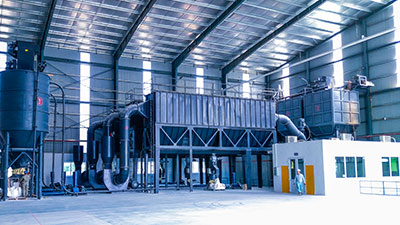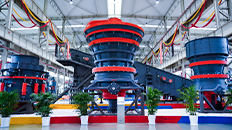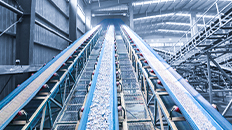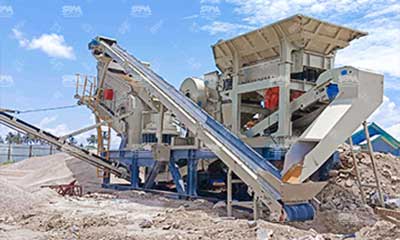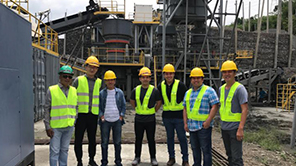Summary:Not sure what type of feeder to choose? Feeders are used to hold and regulate surge loads and promote a steady supply to maximize production in processing plants.
Not sure what type of feeder to choose? Feeders are used to hold and regulate surge loads and promote a steady supply to maximize production in processing plants. Feeders are offered in five types to match material size, feed rate requirements, location, and if fed from a truck, shovel, loader or mounted under a surge bin.
Types of Feeders
Vibrating Feeders and Vibrating Grizzly Feeders
Vibrating feeders are used where a compact feeder with variable speed control is required. Vibrating grizzly feeders have features similar to the vibrating feeder but have grizzly bars for separating fines from crusher feed. This feeder increases crushing plant production and reduces liner wear because fines are bypassed around the primary crusher. Both feeders are available in widths from 36 inches through 72 inches and 12 feet through 30 feet long. Grizzly sections are straight or stepped. The stepped version tumbles stone to the lower section, thus offering more efficient scalping.

Apron Feeders
Apron feeders are used where extremely rugged machines handling large feed are required, but where no fines removal is needed or where fines are removed by a separate vibrating grizzly. They are also used to handle muddy or sticky material and are usually located ahead of large, stationary primary crushers. They are sometimes used to collect material from the discharge of large primary crushers where they absorb more impact than a rubber conveyor belt can economically withstand. Apron feeders can be equipped with standard (1/2 inch thick) fabricated pans (standard and heavy-duty optional (11/4 inch thick) fabricated pans (XHD Feeders only). They are available in widths of 30 inches to 72 inches and lengths of 9 feet to 50 feet.
Pan Feeders
Pan feeders are used to feed smaller material that has already been through a primary crusher and typically go under surge piles, surge bins or under crusher feed hoppers.
Belt Feeders
Belt feeders are typically used in sand & gravel operations under a hopper or trap with a 6-inch maximum size feed. They have variable speed control for optimum plant feed rate.
Data Required or Selecting a Feeder
1. Tons per hour to be handled, including maximum and minimum.
2.Weight per cubic foot (bulk density) of the material.
3.Distance material is to be conveyed.
4.Height material is to be raised.
5.Space limitations.
6.Method of loading feeder.
7.Characteristics of material.
8.Type of machine to be fed.
Applications of Feeders
Super Heavy-Duty Apron Feeder with Manganese Flights
Truck dumping or direct loading by dozer, shovel or dragline. Maximum lump size should not exceed 75 percent of feeder width.
Super Heavy-Duty Apron Feeder with Pressed Steel Flights
Under hopper or bin, handling nonabrasive material. Maximum lump size should not exceed 75 percent of feeder width.
Heavy-Duty Apron Feeder
-Truck dumping or direct loading by dozer, shovel or dragline. Maximum lump size should not exceed 75 percent of feeder width.
-Under hopper or bin, handling non-abrasive material. Maximum lump size should not to exceed 30 percent of feeder width.
-Under large primary crushers.
Vibrating Feeder or Grizzly Feeder
Under primary crusher to protect belt conveyor.
Pan Feeder
Under surge piles, surge bins or under crusher feed hoppers.
Belt Feeder
Under bins, hoppers or storage piles. Maximum lump size should not exceed 30 percent of feeder width.



